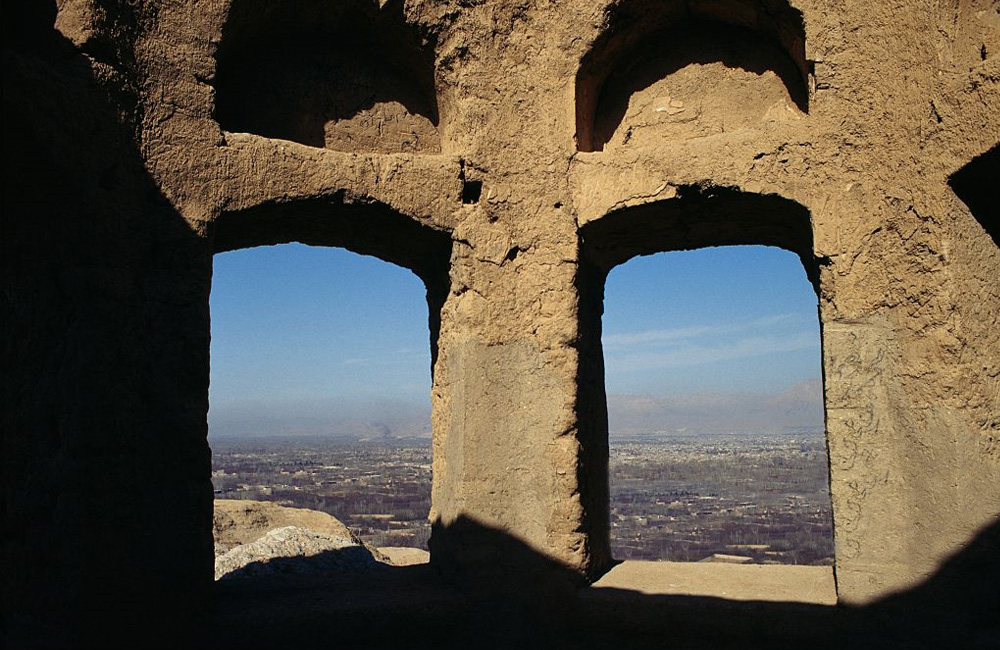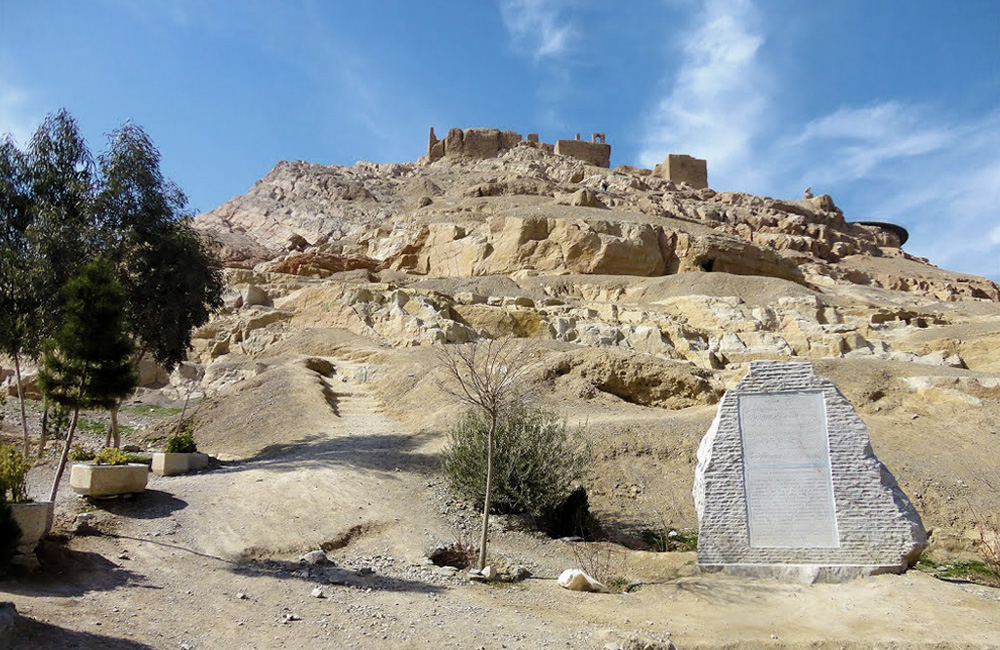An ancient fire temple standing on top of Atashgah mount for 3400 years at the 1600 meters elevation, about eight kilometers west of city center of Isfahan, is a monument symbolizing Iran culture during ancient era, could be a very attractive destination for every tourist visiting iran and travel to Iran. Isfahan Atashgah or Atashgah mount is an archaeological complex constructed by huge baked bricks held together with a clay-reed mixture, constructed in a circular plan on top of a hill.

Isfahan Fire Temple History
A disagreement exists among the archaeologists about the oldness of this monument. The presence of wood in the lower rows of the bricks could be a reminder of ancient Mesopotamian architecture. During the researches done by an Italian archaeological team under supervision of professor Galderi, it was found that the materials used in the construction belong to 1400 B.C. Another interesting fact about that period of time may be the habitation of various races in the very same area during 3000 B.C, thus primarily this place could be a temple similar to Mesopotamian temples. In WIKIPEDIA, the age of Atashgah is estimated as 7000 years old. A cylinder like building with an octagonal plan is drawing the attention in the remains of the complex. Andre Godard identified the niche`s arches representing the architectural style of Islamic era. However, during the domination of Isma`ilis in fifth century AH, this construction with its eight doorways in eight different direction, probably was used as a military watch-tower.
Unique Charasteristics of Ancient Monument of Isfahan Fire Temple (Atashgah)
Atashgah Fire temple is not too far from Zayanderud River, so you may enjoy the fantastic view of this great river while standing up the hill.
The third biggest and one of the three remained ancient monuments of Isfahan, Isfahan Fire Temple is also one of the seven great fire temples belong to Sassanid era in Iran.

Importance of Fire Temples in Ancient Iran
Before Arab`s invasion, Iranian culture was based on Zoroastrianism. Fire, being one of the four agents of ritual purity, usually was appreciated in purification ceremonies held by people following Zoroastrian religion. Such ceremonial rituals are still happening by the remaining Zoroastrian communities in Iran. The pure and sacred fire is kept in a vase-like container and must never extinguish. During the ceremonies, this fire was carried to the fire temples by flaming wooden sticks. People gathered around the fire temples constructed in “four arch” architectural style, were attending the ceremony by singing sacred hymns. After Arab`s invasion, most of the fire temples in Iran were converted into mosques, only those located in remote areas had the chance of survival.
How to Get to Atashgah?
About eight kilometers west of city center of Isfahan, you will find the Atashgah. If you already visited Menar Jonban, you may need to go two kilometers towards north of the Atashgah road to reach the fire temple.
Recommended Reads | Internet Access in Iran
Recommended Reads | Isfahans Top Five Destinations
City/Town: Isfahan
Address: Atashgah Road, After Menar Jonban
Operating days: Every day
Operating Hours: 9am. to 5pm.
Typical Price: 200.000 Rls.
Neighborhood: Menar Jonban


